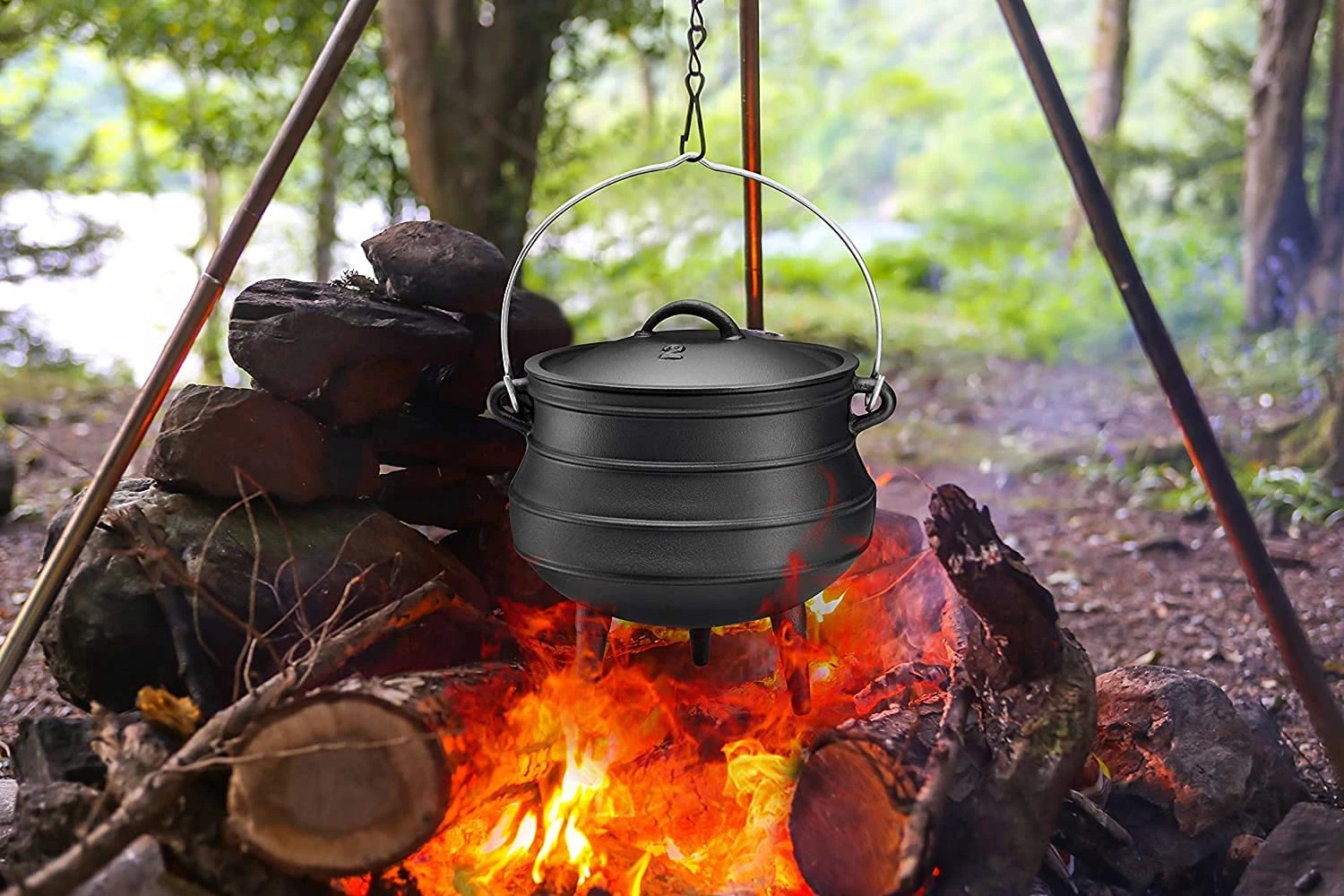
Guide to Choosing the Perfect Dutch Oven for Your Cooking Needs
A Comprehensive Guide to Buying a Dutch Oven
When it comes to versatile kitchen cookware, few items can rival the Dutch oven. This highly functional, heavy-duty pot has been a staple in kitchens around the world for centuries. Whether you’re a seasoned chef or a home cook just starting, understanding how to buy a Dutch oven is essential. This guide will explore the different types, materials, features, and brands that can help you make an informed decision.
What is a Dutch Oven?
A Dutch oven is a thick-walled cooking pot, typically made of cast iron, that is designed to retain heat well and distribute it evenly. Dutch ovens can be used for various cooking methods, including baking, simmering, stewing, and frying. Notably, they can be used on the stovetop or in the oven, making them incredibly versatile for a range of recipes.
Materials Matter
The most common materials for Dutch ovens are cast iron, enameled cast iron, and ceramic. Each material has its own set of advantages
1. Cast Iron Traditional cast iron Dutch ovens are known for their excellent heat retention and distribution. They can be very affordable, lightweight compared to enameled options, and can last a lifetime if properly maintained. However, they require seasoning to maintain a non-stick surface and prevent rust.
2. Enameled Cast Iron These Dutch ovens come coated with a layer of enamel, which means they do not require seasoning and are easier to clean. Enameled Dutch ovens can also come in various colors and designs, adding aesthetic value to your kitchen. However, they are usually more expensive and can chip if mishandled.
3. Ceramic Ceramic Dutch ovens offer good heat retention and are often more affordable. However, they may not withstand high temperatures as well as cast iron, making them less ideal for certain cooking methods.
Size and Shape
Dutch ovens come in various sizes, typically ranging from 2 to 8 quarts. The size you choose should depend on your cooking needs. For small families, a 3 to 4-quart Dutch oven is often sufficient, while larger families or those who enjoy entertaining might prefer a 6-quart or larger version.
In terms of shape, most Dutch ovens have a round shape, but you can also find oval options that fit larger cuts of meat. Choosing the right size and shape will help you get the most value out of your investment.
buy a dutch oven

Weight and Handle Design
Dutch ovens are generally heavy, especially those made of cast iron. If you have concerns about lifting a heavy pot, especially when it’s full, consider the weight when making your decision. Many Dutch ovens also come with sturdy handles that make them easier to transport from stovetop to oven. Some models even have a lid that doubles as a skillet or a grill, offering additional cooking options.
Non-Stick Features
While traditional cast iron Dutch ovens require seasoning to maintain their non-stick surface, many modern options come with non-stick coatings. If easy cleanup is important to you, look for Dutch ovens with reliable non-stick features. However, be cautious as lower-quality coatings can wear off over time.
Brand Reputation and Price
When investing in a Dutch oven, consider reputable brands known for their quality and durability. Le Creuset and Staub are industry leaders in enameled cast iron, while Lodge and Cuisinart offer excellent options in both enameled and traditional cast iron categories.
Prices for Dutch ovens can vary significantly. Basic models might start around $30, while high-end brands can easily exceed $300. It’s essential to find a balance between quality and your budget. Remember, a well-maintained Dutch oven can last a lifetime, making it a worthwhile investment.
Care and Maintenance
Once you’ve made your purchase, knowing how to care for your Dutch oven is crucial. For traditional cast iron models, regular seasoning, proper cleaning, and avoiding harsh detergents are vital to ensure longevity. Enameled versions require less maintenance but should still be handled with care to avoid chipping.
Conclusion
A Dutch oven is an invaluable addition to any kitchen. With their versatility, durability, and timeless appeal, they can elevate your cooking experience. By considering the materials, size, design, and brand reputation, you can confidently select a Dutch oven that suits your cooking style and needs. Investing in a quality Dutch oven is not just about the present; it’s about creating cherished meals and memories for years to come. Happy cooking!
-
Season Cast Iron Perfectly with GPT-4 Turbo TipsNewsAug.01,2025
-
High Quality Cast Iron Cookware - Baixiang County Zhongda MachineryNewsAug.01,2025
-
Premium Cast Iron Pan: Durable & Perfect HeatNewsAug.01,2025
-
High Quality Kitchen Durable Black Round Cast Iron Cookware Pancake Crepe Pan-Baixiang County Zhongda Machinery Manufacturing Co., Ltd.NewsAug.01,2025
-
Cast Iron Cookware - Baixiang County Zhongda Machinery | Nonstick, Heat ResistanceNewsAug.01,2025
-
High Quality Kitchen Durable Black Round Cast Iron Cookware - Baixiang County Zhongda Machinery | Non-Stick, Heat Retention, DurableNewsJul.31,2025


